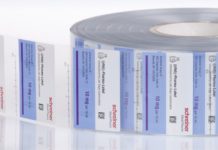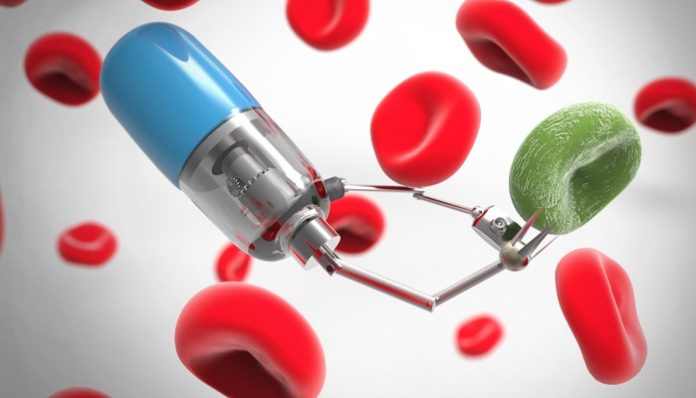One of the most difficult medical research findings, drug distribution still faces a lot of challenges, including surviving the acidic parts of the stomach, digestive enzymes, and most significantly, the mucus barrier that surrounds the digestive canal. Scientists at the Massachusetts Institute of Technology (MIT) have discovered a fresh approach.
They have created a robotic pill that might be used to orally distribute large protein medications like insulin, which are currently only available as injections and are made of protein or nucleic acids. The RoboCap, created by MIT, has a robotic cap that, once it enters the small intestine, burrows through the mucus layer, allowing the drugs to reach the cells lining the intestine.
In a report published in Science Robotics, Shriya Srinivasan, a research associate at MIT’s Koch Institute for Integrative Cancer Research, provided a thorough description of the pill.
Researchers have demonstrated that the innovative pills are capable of transporting both insulin and the antibiotic peptide vancomycin, which is currently given intravenously. The protective capsule was created by a team to navigate obstacles inside the body by rotating and tunnelling.
She reasoned that they could directly apply the medication to the epithelium if they could burrow through the mucus. According to a statement from Shriya Srinivasan, the concept is to swallow this capsule, allowing the outer layer to disintegrate in the digestive tract and expose all of the components that start to disintegrate and remove the mucus. The pill is about the size of a multivitamin and has a spinning mechanism on one end and the medication in a small reservoir on the other. The capsule’s gelatinous outer layer can be adjusted such that it dissolves only at a certain pH.
The RoboCap temporarily removes the primary mucous barrier before increasing local medication dispersion to improve absorption. The ability to create the ideal environment for the medicine to be absorbed is actually maximised by integrating all of these factors, according to Giovanni Traverso, a specialist in the area.
The RoboCap capsule is coated with tiny studs to brush the mucus away, and as the capsule dissolves, researchers claim that the change in pH causes a tiny engine inside the RoboCap capsule to start spinning. The medicine is slowly discharged into the digestive system thanks to the spinning motion’s aid in eroding the compartment where it is stored.
The team found that the robotic pill could deliver 20 to 40 times more medication than a similar capsule without the tunnelling mechanism when they tried it on animals to deliver both insulin or vancomycin. There haven’t been any negative effects reported yet after the medicine is freed from the capsule and it moves naturally through the digestive system. The team is optimistic that by altering the pH at which the gelatin covering dissolves, it may also be used to address the stomach or colon.






















